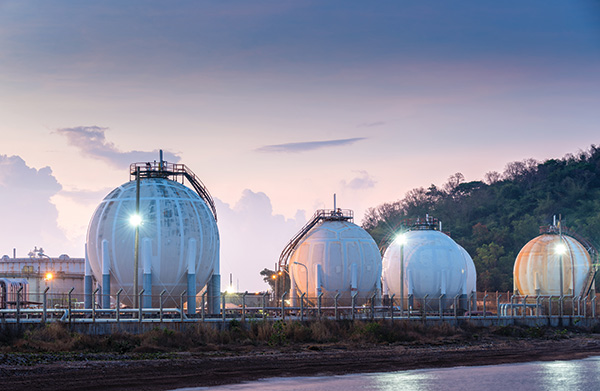November 2019, Vol. 246, No. 11
Features
EU Storage Operators Brace for ‘Flexible’ Services Era
The European Union (EU) already has its own de-carbonization effort to coincide with achieving emission reduction targets in the Paris Agreement. It calls for near-complete de-carbonization of the entire energy sector well before 2050, so the natural gas sector and storage are carrying a big target on their backs.
Even with the EU’s growing dependence on gas supplies from Russia, along with LNG shipments from the United States and Middle East, the industry, and gas storage in particular, are challenged, according to EU observers such as Ilaria Conti, head of gas programs at the Florence (Italy) School of Regulation.
As part of the wider EU energy transition, the value and perceptions of storage are changing from its traditional role providing security of supplies, ensuring that homes will still be heated in the midst of severe cold snaps like the one Ireland and the U.K. experienced this past winter.
Gas storage operations increasingly are preparing for new markets backing up intermittent wind and solar supplies and providing “flexibility” services in a revised energy world in which the gas infrastructure systems and electric grid are more integrated.
Like the United States, the EU has abundant storage – more than 4 Tcf at latest count – but unlike the U.S. situation, operators are closing storage facilities in the EU, which dropped its overall storage capacity by 4% in recent years.
“Nowadays, with the declining gas prices, the value of storage has fallen, and storage sites have even become a financial burden in some cases, forcing some companies to close down unprofitable sites,” Conti said during a European news media interview.
She emphasized the gas in the EU through its “liberalization” program is much cheaper than it was a decade earlier, and that has “considerably weakened” gas storage.
Centrica, owner of British Gas, has closed the U.K.’s largest gas storage facility, Rough, off the Yorkshire coast, citing economic and safety reasons. At the time, the Financial Times noted that the loss of Rough removes an important supply source during winter months when demand is highest, making the UK more reliant on imported gas via pipelines from mainland Europe or LNG shipped in from places such as Qatar.
Industry analysts on the other side of the Pond have encouraged and cheered the opening up of European gas markets, but it has come with a cost to the storage operators. As EU politicians have complained, the liberalization has not brought diversity of supplies as the Europeans are now more than ever dependent on Russian gas. For storage, low prices have added more fuel to the fire.
Price spreads between summer and winter on the Title Transfer Facility (TTF) gas hub in the Netherlands are in the range of 2 euros on average, compared to 10-12 euros as spreads 10 years ago. And at the same time the cost of gas storage in the EU has remained unchanged at the 5-6-euro level-per-MWh.
“This means there are now fewer incentives to replenish storage sites in the summer when prices are low,” Conti said.
According to Gas Infrastructure Europe (GIE), it was falling prices that drove the most recent 4% drop in storage capacity available.
Jan Ingwersen, general manager of the European Network of Transmission System Operators for Gas, indicated in an EU industry publication that the future for gas storage is in more integration with electricity grid operators. He called for a “radical departure” from the traditional business model. Most integration now is more one-way in gas turbines producing power, but the EU climate change-driven outlook is eyeing more power-to-gas where facilities convert electricity into hydrogen that can be stored in the existing gas network.
Officials in the European Commission see power-to-gas installation becoming Europe’s energy system by enabling the storage of excess wind and solar power that now goes to waste.
“What we see for the future is a combination of gas and electricity as energy carriers, allowing a hybrid system approach,” Ingwersen said. “This is also referred to sector coupling.” A joint network plan is now being hammered out by Europe’s gas and electric operators.
Richard Nemec is P&GJ’s regular contributor based in Los Angeles. He can be reached at rnemec@ca.rr.com.
For more information on the gas storage out look, read: Winter Is Coming, And the Gas Storage Outlook Appears Secure.






Comments